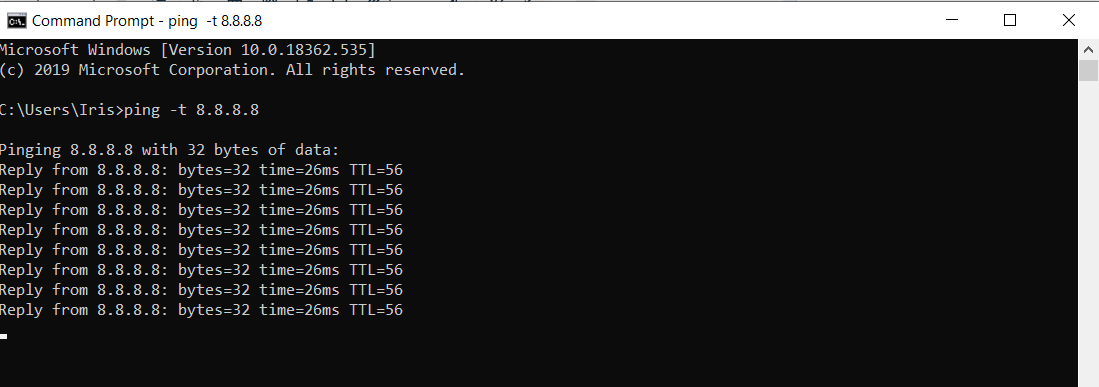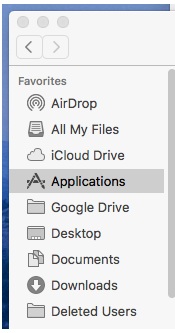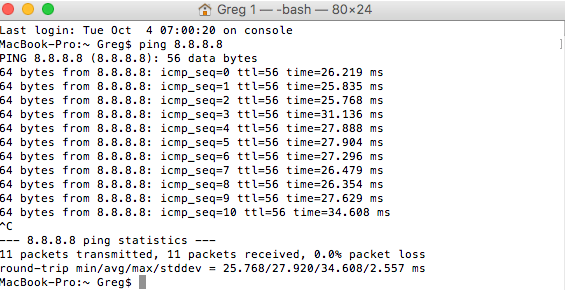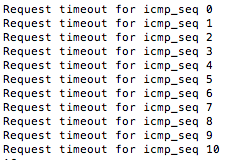How do I run a Ping Test on my PC (Windows or macOS)?
Print
Modified on: Mon, 2 Mar, 2020 at 11:02 AM
To be sure you are getting the most from your SmartFlow account, we might ask you to run a Ping Test. What this will do is gather information on your location's internet infrastructure, checking to make sure the access points are up to par and not dropping packets of data to and from SmartFlow.
It's best to perform this test on ALL computers using the SmartFlow application (e.g. reception, surgery suite, treatment room, ICU, various departments, etc.).
Testing on a Windows PC
1. Be sure you are connected to the same wireless network that your iPads will be using.
2. Click on the start menu or the Windows Icon in the bottom left-hand side of the screen:

3. After clicking the start menu in the search bar please type “cmd” and press Enter:
4. Then you will see a black pop-up window of Command Prompt:

5. Click into the black box so that you get a blinking cursor. After you get a blinking cursor type the following:
ping -t 8.8.8.8
Click Enter. This will start communication with google.com. While this is going on you should see the following appear over and over:

6. If you are testing your laptop, start walking around the whole hospital. If you see any “request timed out” this is bad news and will need to be addressed within the hospital. You will have problems with synchronization if you drop data packets.

7. Note any areas with wireless signal issues.
Testing on a macOS PC
1. Click on the Finder icon:

2. Click Applications in the pop-up window:

3. Find the Utilities folder and open it:

4. Once inside of the Utilities folder find the Terminal application:

5. Double-click to open it:

6. Type in the window:
ping 8.8.8.8
Click Enter.
7. Then you should now see the following:

8. If you see any "request timeout", this is bad news that indicates a problem with your local network and wireless or the ISP (Internet Service Provider):

9. If you are testing your laptop, start walking around the whole hospital. Note all the areas with wireless signal issues, as you will have problems with sending/receiving data packets in these areas.
NOTE: Be sure to go to at least 4 different locations, then review findings.
What you should expect to see is:
Consistent numbers, < 30 ms
No widely changing values - e.g. 26 ms, 26 ms, 27 ms, 26 ms
What you do not expect to see:
Timed out error
Findings > 30 ms along with widely changing values - e.g. 150 ms, 102 ms, request timeout, 240 ms.
We hope you found this information useful!
Did you find it helpful?
Yes
No
Send feedback Sorry we couldn't be helpful. Help us improve this article with your feedback.












